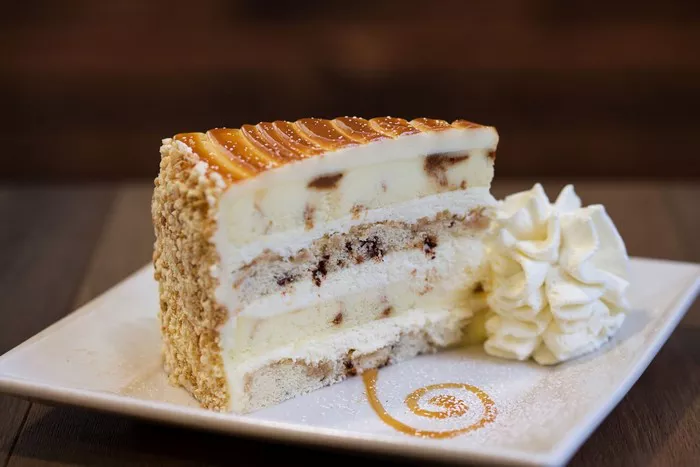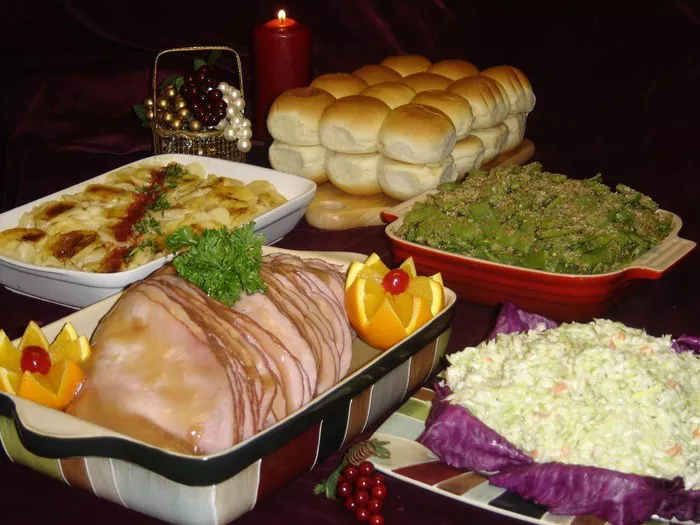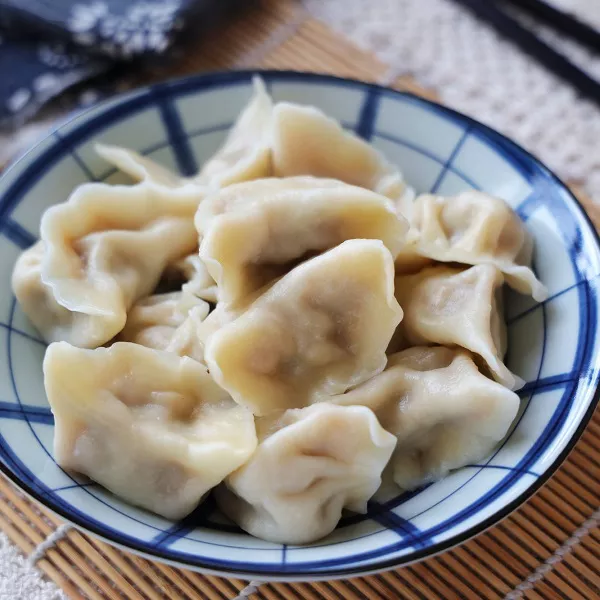Cheesecake, a beloved dessert worldwide, comes in various forms and flavors. One delightful variation that has gained international popularity is the Japanese style cheesecake. This unique twist on the classic dessert has captured the hearts (and taste buds) of many with its delicate texture and subtly sweet flavor. In this exploration, we will dive into what makes Japanese style cheesecake distinct and how it’s prepared.
Japanese Style Cheesecake: The Essence of Lightness
Japanese style cheesecake, often referred to as “cotton cheesecake” or “soufflé cheesecake,” stands apart from its counterparts due to its characteristic lightness and airy texture. Here’s what defines this delightful dessert:
Texture: The texture of Japanese style cheesecake is unlike the dense and creamy profile of New York cheesecake. It has a delicate, almost ethereal quality, with a soft, cotton-like crumb.
Flavor: While still rich and satisfying, the flavor of Japanese cheesecake tends to be subtly sweet, allowing the cream cheese’s natural taste to shine through. It’s not overly sweet, making it an excellent choice for those who prefer desserts with a lighter touch.
Preparation: Japanese style cheesecake is typically prepared using cream cheese, sugar, eggs, milk, and cornstarch. The addition of cornstarch and careful mixing techniques contribute to its unique texture.
Baking Method: It’s baked in a water bath at a lower temperature for a longer duration than traditional cheesecakes. This gentle cooking process helps prevent cracking and results in the desired airy texture.
Key Ingredients and Preparation:
Here’s a basic outline of how Japanese style cheesecake is prepared:
Cream Cheese: High-quality cream cheese is a fundamental ingredient. It should be softened to room temperature before use.
Sugar: Granulated sugar is used to sweeten the cheesecake, but it’s generally used in moderation.
Eggs: Eggs provide structure and a delicate lift to the cheesecake. They should be at room temperature as well.
Milk: Milk adds moisture and helps create the light texture. Whole milk is commonly used.
Cornstarch: Cornstarch is a secret ingredient that contributes to the cheesecake’s unique texture. It helps stabilize the cake while keeping it light.
Flavorings: While vanilla extract is a common flavoring, Japanese style cheesecakes can also feature citrus zest or other extracts for variety.
Serving and Enjoyment:
Japanese style cheesecake is often enjoyed plain, with a light dusting of powdered sugar, or accompanied by fresh fruits like strawberries or berries. Its subtlety makes it a versatile canvas for various toppings and garnishes.
In Conclusion:
Japanese style cheesecake, with its ethereal texture and delicate sweetness, offers a delightful departure from the denser cheesecakes we are accustomed to. Whether you’re a cheesecake enthusiast or simply curious about international desserts, exploring the world of Japanese style cheesecake is sure to be a delightful journey for your taste buds. So, give it a try or bake your own and savor the magic of this exquisite dessert.
FAQs about Japanese Style Cheesecake:
1. What is Japanese Style Cheesecake?
Japanese Style Cheesecake, often called “cotton cheesecake” or “soufflé cheesecake,” is a variation of cheesecake known for its light and airy texture. It differs from traditional cheesecake in terms of its texture and subtle sweetness.
2. What makes Japanese Cheesecake different from other cheesecakes?
Japanese Cheesecake is distinct due to its light and fluffy texture, which is achieved by incorporating whipped egg whites into the batter. It’s less dense and has a milder, less sweet flavor compared to traditional cheesecakes.
3. What are the key ingredients in Japanese Style Cheesecake?
The primary ingredients for Japanese Style Cheesecake typically include cream cheese, sugar, eggs, milk, and cornstarch. Vanilla extract or other flavorings may also be used.
4. How is Japanese Cheesecake prepared?
Japanese Cheesecake is prepared by beating cream cheese with sugar until smooth, then adding egg yolks, milk, and cornstarch. Separately, egg whites are whipped to stiff peaks and folded into the cream cheese mixture. The batter is then baked in a water bath.
5. What is the secret to achieving the perfect Japanese Cheesecake texture?
The key to achieving the perfect texture is incorporating whipped egg whites into the batter gently. This creates the desired lightness and fluffiness. Additionally, the baking process in a water bath at a lower temperature is crucial to prevent cracking.
6. Can I customize Japanese Cheesecake with different flavors?
Yes, you can customize Japanese Cheesecake with various flavors, such as adding lemon zest, matcha (green tea) powder, or cocoa powder to the batter for different flavor profiles.
7. What is the best way to serve Japanese Cheesecake?
Japanese Cheesecake can be served plain, dusted with powdered sugar, or with fruit compote, fresh berries, or whipped cream. It’s also delicious with a drizzle of chocolate or caramel sauce.
8. Is Japanese Style Cheesecake gluten-free?
Japanese Style Cheesecake can be made gluten-free by using gluten-free cornstarch and ensuring that all other ingredients are gluten-free. Always check ingredient labels to be sure.
9. Can I make Japanese Cheesecake in advance?
Yes, you can make Japanese Cheesecake in advance and store it in the refrigerator for a few days. Its texture may change slightly, but it will remain delicious.
10. Is Japanese Cheesecake a popular dessert in Japan?
Yes, Japanese Cheesecake is a popular dessert in Japan and is enjoyed both at home and in cafes. It is often served on special occasions and is also a popular gift item.
























